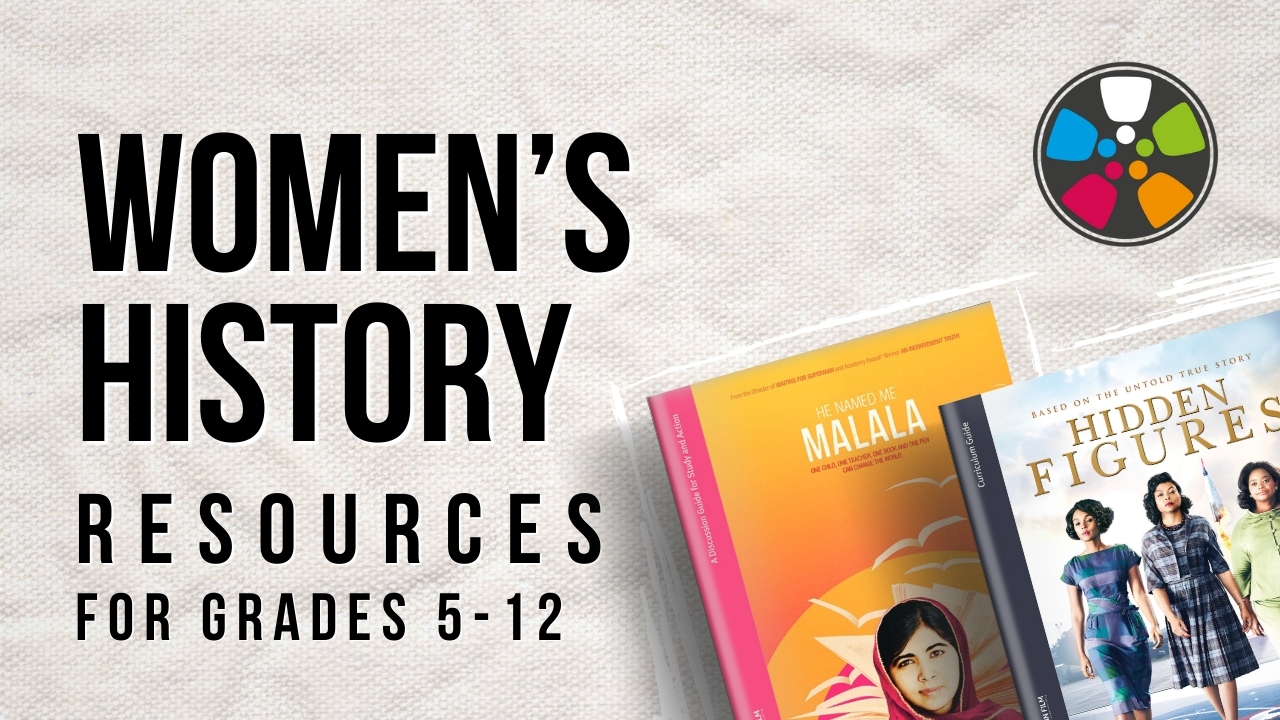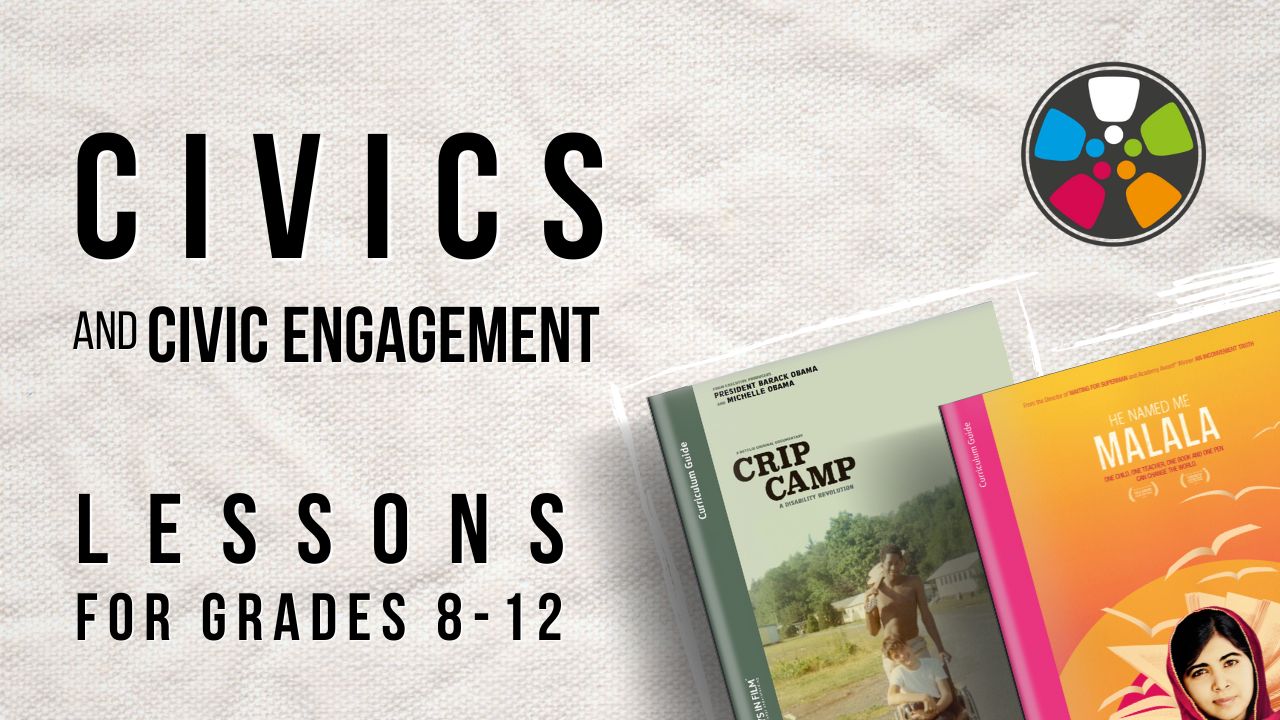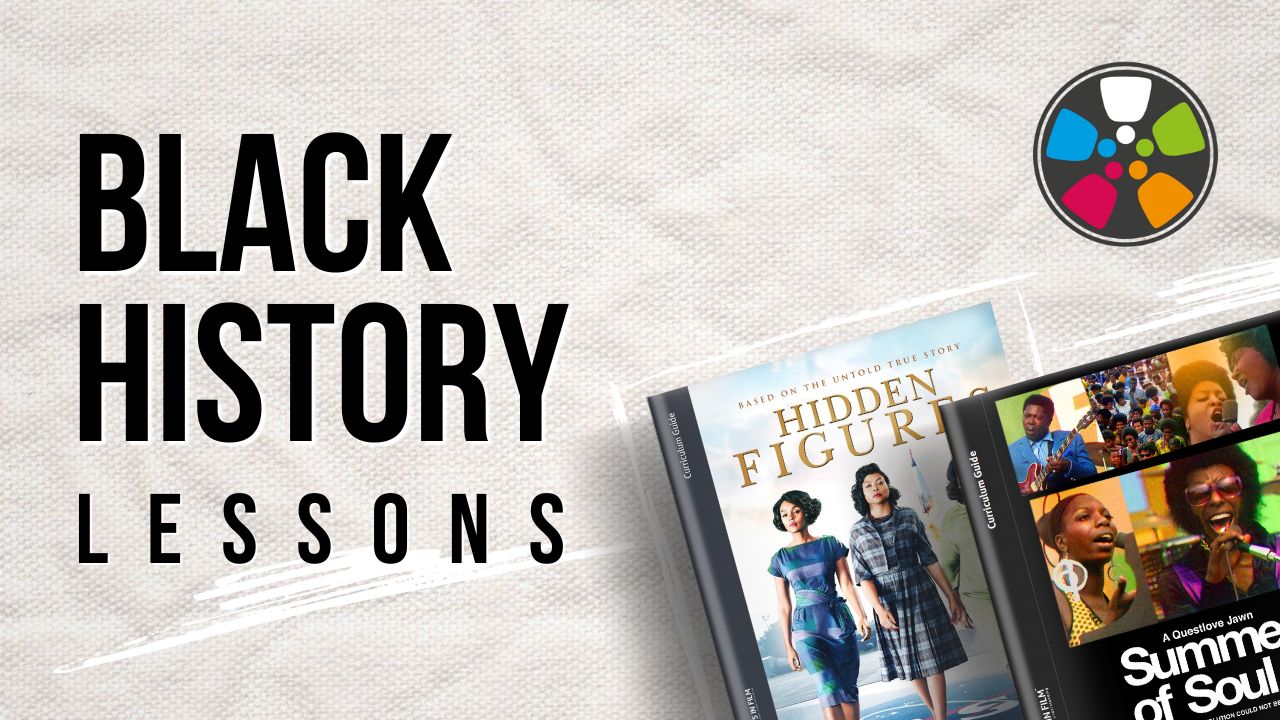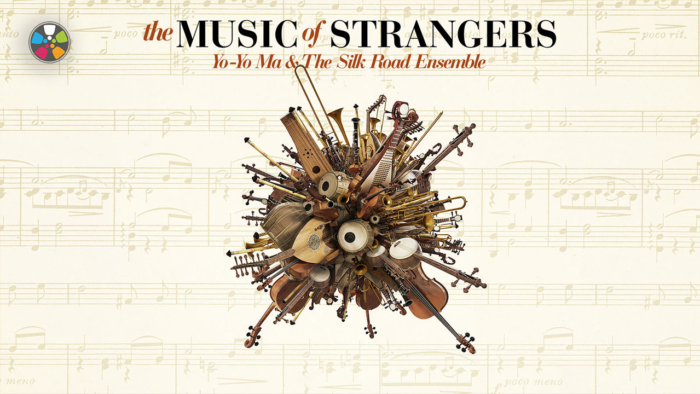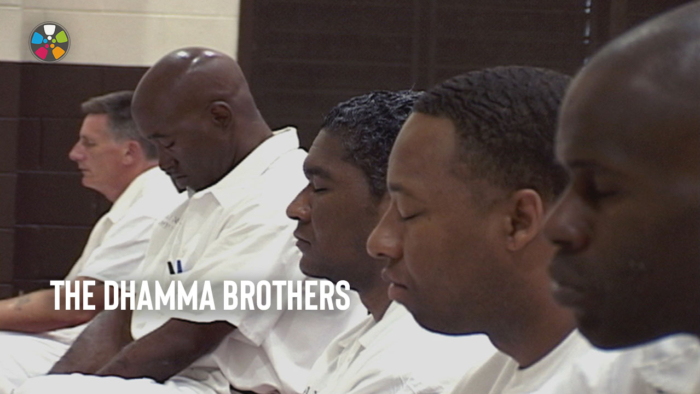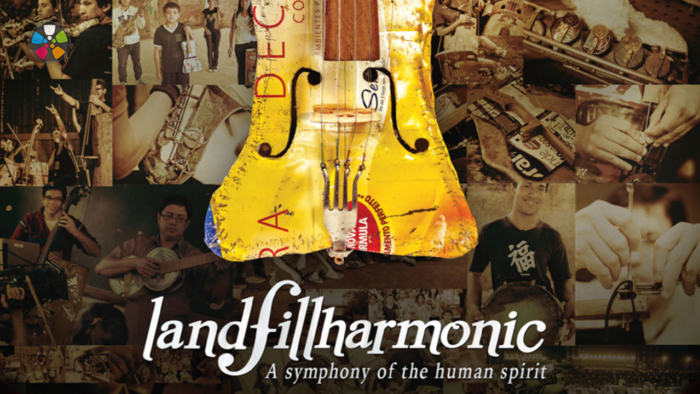Product Description
These Media Literacy and Journalism Lessons can be used for Government, Media Literacy, Journalism, Social Studies classes and more.
 And So It Begins
And So It Begins
Journalism, Disinformation, and Social Media explores the current online ecosystem, ethical questions, and critical thinking skills for media literacy. For Grades 8-12, plus higher ed.
This Learning Guide includes a Journalist Profile of Maria Ressa, the investigative reporter and Nobel Prize winner known for her courage and work on disinformation and “fake news.”
Literary connection: this guide also includes Maria Ressa’s inspiring Loyola Schools Commencement Speech, which addresses disinformation, social media, and A.I..
Film rating: Not Rated. Recommended for ages 13 and up. Get more And So It Begins resources plus information about how to watch the film.
Preview Learning Guide
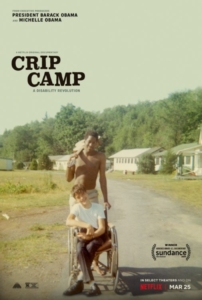 Crip Camp: A Disability Revolution
Crip Camp: A Disability Revolution
Media Literacy: Understanding What You Are Watching explores forms of media and media literacy, how to interpret and analyze media, and why multiple stories and voices are valuable. For Grades 11-12.
This lesson includes four printable handouts: Different Kinds of Media, Core Questions about Media, Media for Analysis, Images for Analysis.
Accessibility options: The Crip Camp trailer is available with audio description. The full Crip Camp film is available with closed captioning, open captions, audio description, and subtitles, in multiple languages.
Film rating: R for brief nudity, brief language and some sexual references. CommonSense Media Rating: 15+. Get more Crip Camp resources plus information about how to watch the film.
Preview Media Literacy Lesson Defiant Requiem
Defiant Requiem
Propaganda explores the way propaganda influences audiences, propaganda in times of crisis, and the specific use of propaganda during the Holocaust. For middle school and up.
The lesson includes five printable handouts: WWII Propaganda, Guide for Discussion Leaders, Contemporary Propaganda, Moving Images, The Purpose of Propaganda.
Film rating: TVPG. Most appropriate for Grades 6+. Get more Defiant Requiem resources plus information about how to watch the film.
Preview Propaganda Lesson
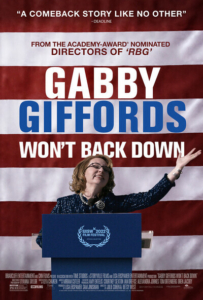 Gabby Giffords Won’t Back Down
Gabby Giffords Won’t Back Down
Media Responsibility explores how to check if a media source is accurate. For grades 8 and up.
This lesson includes useful terms, personal reflection questions (that could be used for journaling or short essays), discussion questions and extension activities.
Film rating: PG-13. CommonSense Media Rating: 13+.
Get more Gabby Giffords Won’t Back Down resources plus information about how to watch the film.
Preview Media Responsibility Lesson Preview Media Responsibility Lesson in Spanish
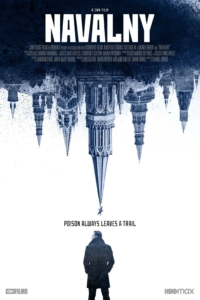 Navalny
Navalny
Data Tracking, State Surveillance, and the Role of Journalism asks: Is it possible for data tracking to be used for justice without compromising individual privacy?
Social Media, Censorship, and Propaganda explores how to consume informational critically.
These resources include useful terms, personal reflection questions (that could be used for journaling or short essays), discussion questions and extension activities. The two lessons can be used together or on their own. For high school.
Film rating: R for language. CommonSense Media Rating: 14+.
Get more Navalny resources plus information about how to watch the film.
Preview Navalny Journalism Lessons
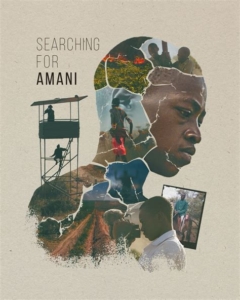 Searching for Amani
Searching for Amani
This Land Is Your Land? This journalism lesson explores investigative journalism and the role of citizen journalists. For grades7-12.
In the main activity in this lesson, students prepare for and hold a mock press conference. The lesson includes a printable handout of interview tips.
Film rating: Not Rated. This film is appropriate for ages 13+! Get more Searching for Amani resources plus information about how to watch the film.
Preview Journalism Lesson
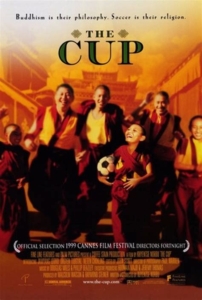 The Cup
The Cup
The Politics of Production This lesson focuses explores budget constraints and filmmaking, new technologies, and bias in the media. For grades 6-8, adaptable for higher grades.
This lesson features four key activities: Exploring Point of View, Values, Stereotypes, and Writers Pitch to Producers (Simulation). The Writers Pitch exercise includes an assessment rubric for the pitch activity and a printable handout to help students craft their pitch.
Film rating: G. This film is appropriate for all ages! Get more The Cup resources plus information about how to watch the film.
Preview Media Lesson
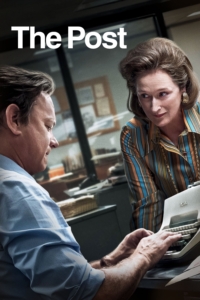 The Post
The Post
Journalism and Fake News explores “fake news”, ethical journalism, evaluating the news, and social media. For grades 9-10.
The lesson features four printable handouts: Spotting Fake News. The Five Principles of Ethical Journalism, Organizer for News Outlet Presentation, News Outlet Rating.
Why is the Free Press So Important? examines American press freedom, press freedom around the world, and editorial challenges to freedom of the press. For grades 9-10.
The lesson includes three printable handouts: Why is a Free Press so Important?, Press Freedom Around the World, Outlining an Editorial.
Film rating: PG-13. Common Sense Media rates The Post as appropriate for ages 13+. Get more The Post resources plus information about how to watch the film.
Preview Fake News Lesson Preview Free Press Lesson
How to download your free resources
Related Resources
Film Literacy
Many of our guides include film literacy lessons about viewing that particular film that illustrate broader media literacy concepts.
- Big Sonia Lesson 4: Viewing a Documentary Film.
- Children of Heaven Lessons 2 and 3 about viewing and understanding Children of Heaven, plus Lesson 6: Film as Storytelling.
- Defiant Requiem Lesson 7: Visual Literacy | Cinematic Collage.
- Please Vote for Me Lesson 8: About Documentary Films.
- The Cup Lesson 3: Viewing the Cup.
- The Music of Strangers Lesson 8: Viewing a Documentary Film: Developing Film Literacy.
- The Way Home Lesson 6: Juxtaposition.
- Walden, a game Lesson 1: Playing A Serious Game (Media Literacy for Educational Games).
- Whale Rider Lesson 2: Viewing Whale Rider and Lesson 7: Special Effects and Music (Media Literacy).
Sign up for our newsletter
Sustainable Development Goals
Journeys in Film supports the United Nations Sustainable Development Goals. Learn more about teaching with UN SDGs. This curriculum guide connects to the following SDGs.
![]()

